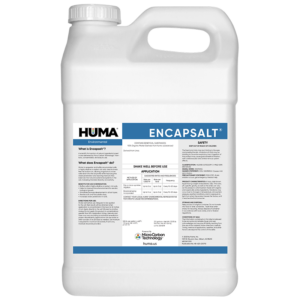Super Phos (HE)
Benefits of Use:
- Helps to meet BOD:P ratio of 100:1
- Improved phosphate bioavailability and uptake. Super Phos® is many times more bioavailable than regular phosphorous compounds because Micro Carbon Technology® molecules protect it from tying up with other ions in water.
- Stimulation of biological activity for enhanced COD/BOD removal.
- Enhanced biological species diversity for better settleability.
- Improved natural floc formation.
- Improved SVI and SV30 for better, cleaner decant.
- Decreased phosphate levels in the effluent stream. Because Super Phos® is more bioavailable less phosphorus is applied, resulting in lower discharges. Typically, one-fourth to one-tenth the amount of Super Phos® is used when compared with common-grade phosphoric acid nutrients.
- Reduced material costs, easier handling, and improved treatment performance.
Problem Conditions Improved:
- Formation of insoluble phosphorous precipitates
- Foaming caused by filamentous bacteria
- Excess sludge production
- Excess phosphorus levels in effluent
- Settleability concerns
- Tankage/Storage concerns
FAQs
Related Products
Related Case Studies

Super Phos® Lowers Papermill Operating Costs in China
Problem The existing wastewater treatment system uses 600 kg/day of diammonium phosphate (DAP) to provide the needed phosphorus concentration to maintain a healthy microbial population to treat wastewater. These microorganisms break down the organic matter being discharged from the paper processing facility. Without the correct concentration of available phosphorus, the microorganisms are unable to grow
Related Blog Posts

Water Master Plans
By Heather Jennings, PE When I worked with engineering firms, there were a lot of water master plans being developed. Many of them were updates, as the plans had been around for 5–10 years and needed revision. Some master plans evaluated water and wastewater systems from scratch. All of these were interesting to me due

BHN Sponsors Online Course on Sustainable Organic Agriculture Production
To help increase awareness about sustainable agriculture production, Bio Huma Netics, Inc., (BHN) is sponsoring a FarmProgress course for Certified Crop Advisers (CCAs) and Pest Control Advisers (PCAs) in the United States and Canada. This free online continuing education course, titled “Organic/Sustainable Agriculture Production -2022” aims to help working professionals learn about sustainable farming practices

Bio Energizer® Reduces Cost and Turbidity in Paperboard Lagoons
A paper mill wastewater facility was treating 940 tons of paper bags, recycled linerboard, and corrugating medium, daily. The mill was interested in improving wastewater operating efficiency and lowering operating expenses over their standard polymer usage. The plant was experiencing filamentous bacteria, solids, and bulking issues in the final clarifier. It was discharging 4,000 pounds






